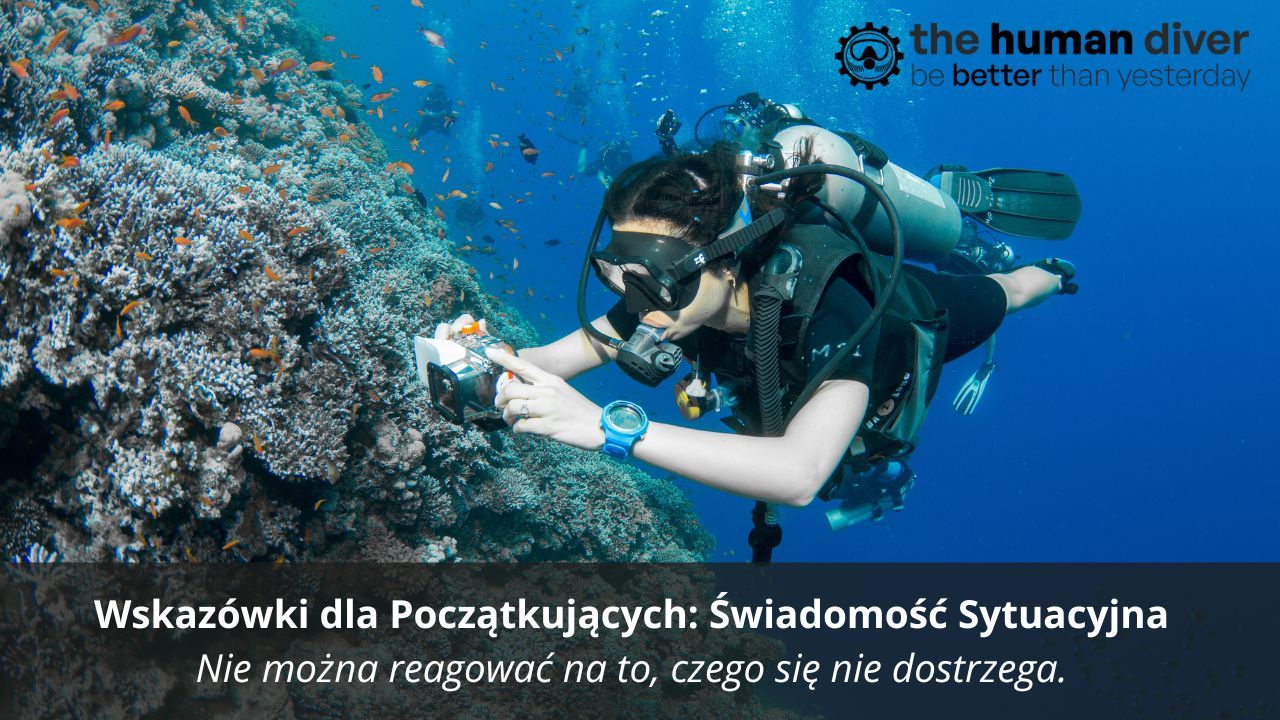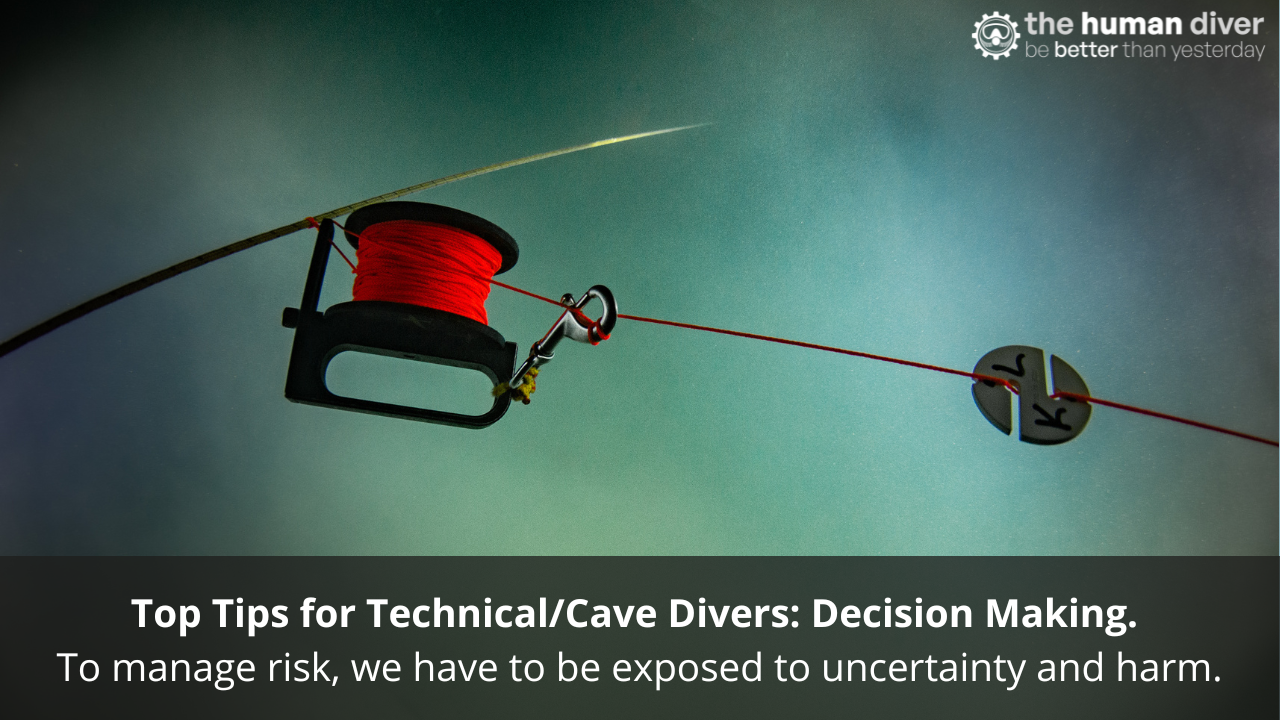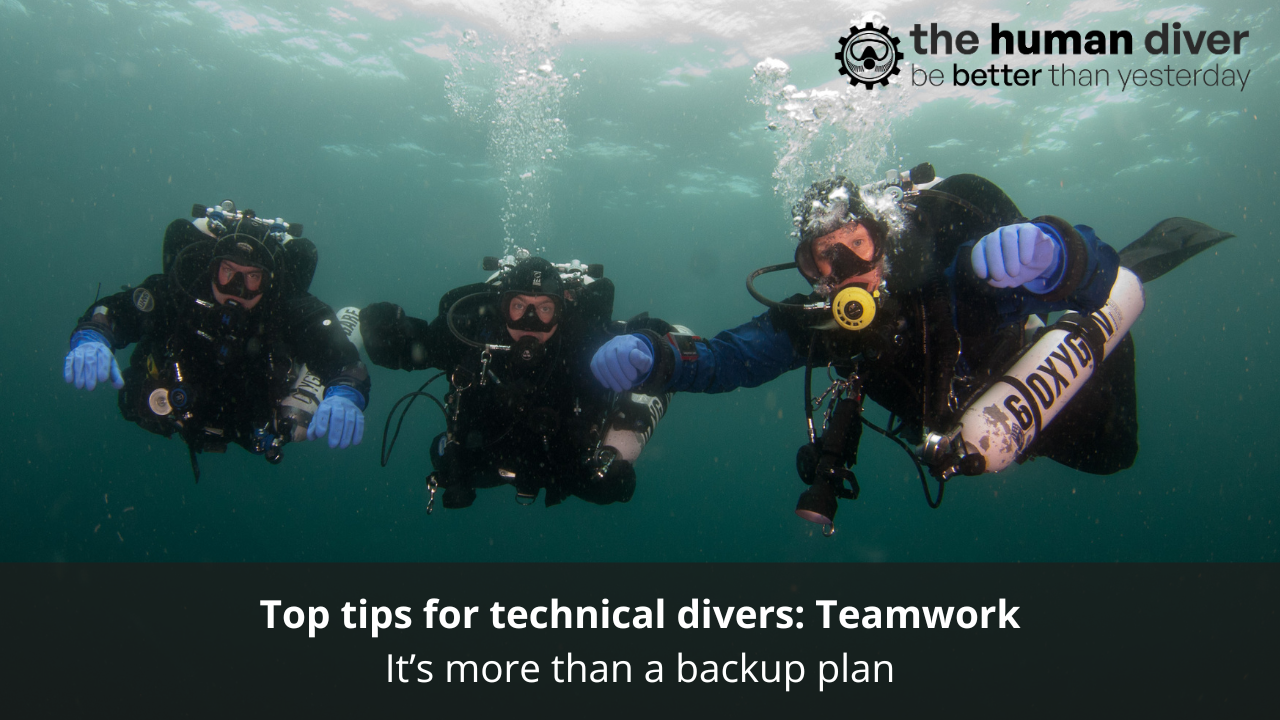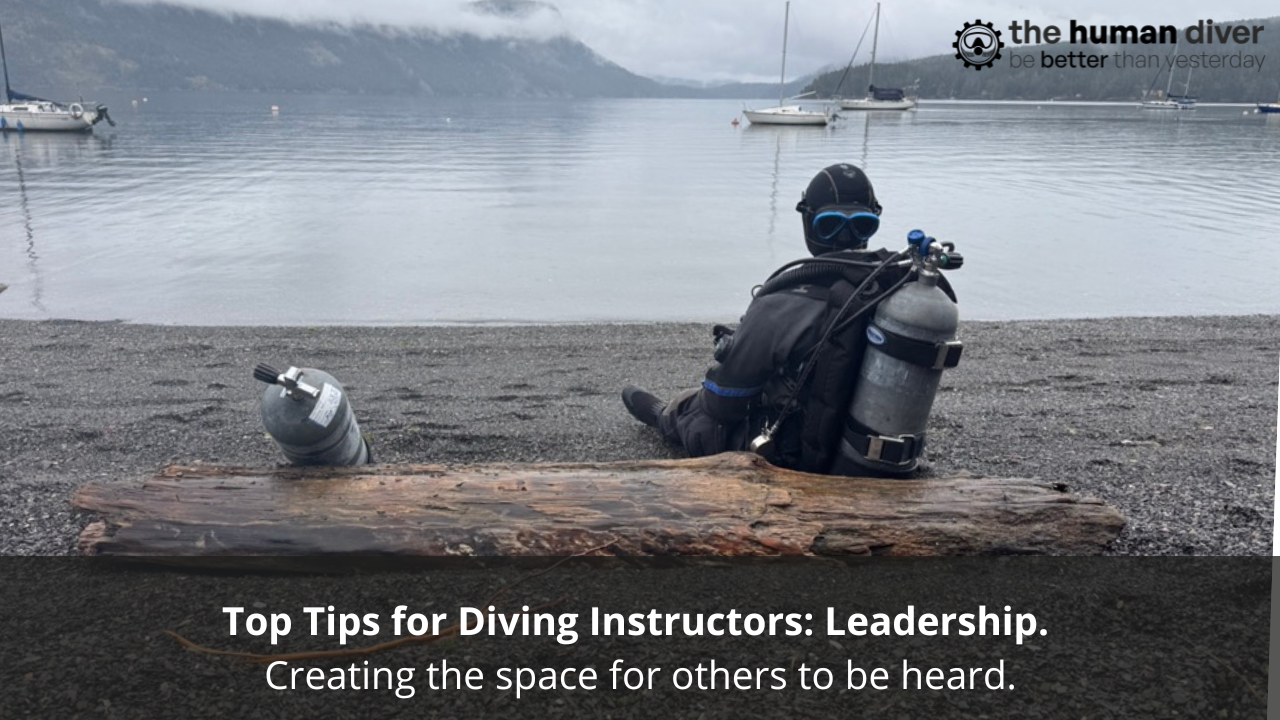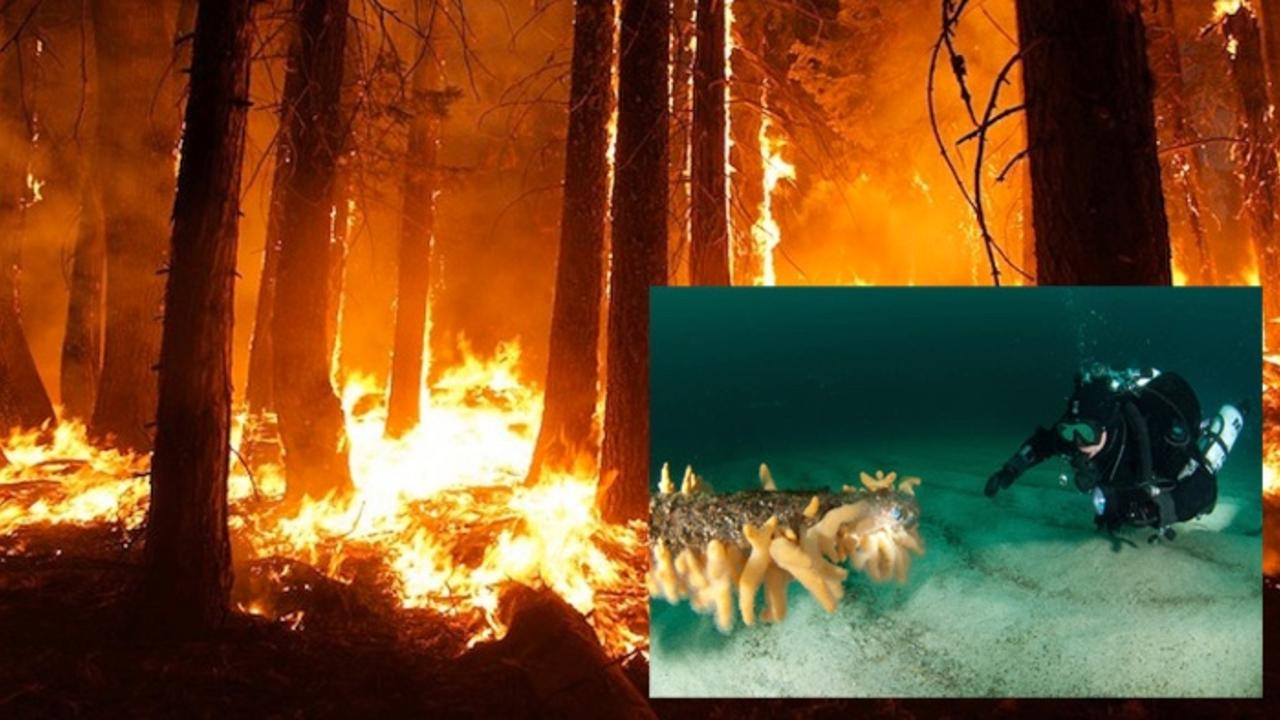
Can divers learn from the US Forest Service?
Mar 28, 2017The US Forest Service (USFS) operates in a highly dynamic and high-risk environment. Changes can happen which can have catastrophic circumstances if they are not picked up. Unfortunately, sometimes things do go wrong and firefighters die or large amounts of property is lost. However, the USFS recognises that failure is a learning opportunity irrespective of what the outcome was. They also believe that exactly the same circumstances are unlikely to appear again so fixing that exact same problem will have limited impact on operations. However, there are probably other gaps in their safety protocols that need to be identified and fixed and that is the purpose of a Learning Review.
Given that we have so many ‘similar’ accidents, I believe that the same 'learningt fom failure' mindset should be developed within the diving community - that was the motivation for this article.
The US Forest Service (USFS) published a document in 2014* outlining how they undertake learning reviews. This followed a massive failure of a Serious Accident Inquiry (SAI) where learning was limited.
"That process was a total failure and set a new low bar for learning opportunities following serious accidents. The USFS prohibited their employees that had specific knowledge about the fire from being interviewed."
A revision of their 2014 Learning Review process is due shortly but I thought it an ideal point to identify how this organisation deals with risk in a very dynamic environment, how they learn from failure AND successes, and see what the diving community and training organisations can learn from them.
"Accident prevention is the key objective of any incident study” according to the USFS. Furthermore, to help improve honesty and frankness, the Chief of the USFS has openly stated that "information derived from any Learning Review will only be used by the agency for accident prevention purposes. This means that the Learning Review (as delivered under a formal USFS protocol) will not be used as the basis for disciplinary action, or to place blame on employees."
“Products and information that were the result of the Learning Review will not be used for administrative, disciplinary or legal purposes by the USFS.”
This last point is a key statement when it comes to learning and is entrenched in many nation’s legislature when it comes to aviation safety. However, too often in the diving community the fear of litigation or social castigation means that learning is limited to a few individuals, who often are not allowed to share the context or real story about what happened. This limits the opportunity to prevent similar events from occurring in disparate locations or communities.
So what is a Learning Review and how does it apply to the diving community?
The learning review follows a number of discrete steps with the aim to understand:
- what happened (the events),
- the decisions that were made or the behaviours exhibited and why they made sense to those involved at the time (mindset) and,
- the operational drivers or environment which encouraged those decisions to be made (context).
However, before we examine the review in more detail, it is worth understanding the entering arguments or principles on which a USFS learning review is undertaken. These are:
- Forest Service Employees are well intentioned and work within organisational systems to meet the expectations of leadership and the system are well intentioned and work within organisational systems to meet the expectations of leadership and the system.
- Accidents and incidents can be a byproduct of complex systems, alone.
- Enhanced Accountability: 1) Prior to incidents, leaders and managers are responsible for knowing how the organisation functions with regard to accountability and with respect to normal work. Traditional accountability is in place. 2) After the incident, the organisation is accountable to learn from the event.
- Coordination is critical to meet the intent of the investigation, while minimising trauma to personnel.
- Actions and decisions are consequences, not causes. The goal is to understand why actions or decisions made sense to those involved at the time. Conditions shape decisions and actions, revealing these conditions will aid the agency and agency personnel in understanding how to recognise change and react to conditional pressures.
If we now consider each of these principles and see where the diving community, as a whole, lies.
- The diving community are in the main aligned with this. There are vey few divers, instructors or dive centre owners who are malicious or vindictive to the level that injury or death is an acceptable outcome. Most of the time they are operating within the boundaries of normal life pressures - time, money, resources, reducing numbers of divers or the fear of failing, and as such their decisions make sense. There is always a trade-off between efficiency and thoroughness and it is only when something goes wrong do we assess that the balance was placed in the wrong direction.
- This concept is based on the fact that multiple items can be serviceable or work to specification but their interactions mean that accidents happen. A case in point would be the recent fatality in a cave system in Mexico where team markers are used because of the numbers of divers who can use the same system at the same time. This could mean have 15-20 cookies placed at a junction instead of 4-5. However, if the team gets separated during the dive, confusion can be caused, confusion which can lead to a fatality.
- (1) Diving organisations and centres have rules and processes in place. Sometimes these are in conflict with daily operations, but it is the frontline teams who need to manage these conflicts e.g. numbers of divers in the water with an instructor/dive master when environmental conditions are not optimal, or an instructor needs to finish a class with one set of students because another class is starting the following day and there is no ‘fat’ in the system to deal with contingencies. (2) From what you would glean from social media and the limited changes which occur, much of the work after an event is about limiting liability and preventing litigation and transferring the risk to individuals (diver or instructor) rather than identify systemic faults than need to be addressed. A lack of robust and context rich data does not help this process.
- This is about minimising the number of times individuals have to be interviewed by different agencies. I have no experience of how this works in the community.
- This is an area in which the diving community could really learn. The decisions we make are products of our experiences combined with the operational environment we are. Money shapes our decision making, we won’t spend as much to service equipment if things have been ok in the past. Time shapes our decision making, leading us to take more risk when time is limited. Peer-pressure (active or inferred) means that we often make sub-optimal decisions, the gap really only being identified after the event. The image below from Amalberti and Woods paper on Systemic Migration to Boundaries. Whilst the specific domain is healthcare, the concept applies in diving too.
The Learning Review
The process the USFS use follows a couple of simple concepts.
- Split the learning from the fixing.
- The learning should not just focus on the incident outcome, but rather how is work done normally and where the gaps are there.
- The time taken to do the ‘learning' should take more time than the fixing.
- It is unlikely you can fix the specific case for which the learning review was convened for. But you will be able to fix other gaps identified in the process.
The following is a summary of the USFS and work by Todd Conklin who has developed a concept called ‘Learning Teams’ to do the same in non-firefighting scenarios.
Start in Learning Mode
Start to understand the context in which the event took place. Because events don’t take place in isolation, there are always external pressures, drivers, biases, previous experiences etc which inform future decisions/behaviours. The learning mode is not about root cause or blaming people, things or systems, it is about telling stories. Dave Woods, a world-expert in this area, sums it up nicely. “Don’t look at the choices which workers have to make differently, look at the conditions which create operational conflict.” (Conklin, Pre-Accident Investigations (2014)).
Start Creating the Story
There is a need to recognise that there is no ground truth when it comes to those involved. Everyone will have a different perspective and everyones view is valid. Once the story has been told with all of the relevant information from those involved, we have a better idea of why it made sense for everyone to do what they did. This story-telling needs to consider the timeline of events, the mindset of those involved and the context in which they were operating. Drawing a simple timeline can help identify when decision points are made for ‘normal’ work, identifying the pressures and context in ‘normal’ work can identify gaps where safety measures are being missed, and identifying pervious experiences (positive and negative) in similar circumstances can mean that cognitive failures or biases are identified. All of this leads to a context rich story which.
Soak Time
An additional point which Todd Conklin highlights is the need to have a break between ‘Learning’ and ‘Fixing’. This break has two benefits. One it allows people to use the part of their brain which is creative. This is normally activated during quiet periods, especially during sleep. Indeed there is research which highlights that many ideas come to people whilst standing in the shower because their brain is doing something else. The other is that it forces a natural break between learning and fixing, thereby keeping people away from coming up with solutions to the problems bing discussed.
Start the Fixing
The fixing needs to start with a recap of what happened, in effect fixing the story to a recognised ‘common’ truth. It doesn’t mean it will be totally true, but it is essential that everyone understand the baseline from which the adverse event occurred. Then identify if anyone is missing from the discussion when it comes to coming up with solutions. For most diving operations, it will be those directly involved and maybe the immediate supervisors or instructors. At this point, there is need to define what the ‘should have done’ is. Not because we can say ‘they broke the rules’ but because we can see where the gaps between ‘normal’ and ‘actually done’ is. It often highlights areas where normalisation of deviation has occurred. The best suggestions for ‘fixes’ come from the sharp end, they are the people who are doing the work, managing the risk as best they can given the pressures/drivers in place. They are the ones managing the ’shortcuts’ and understand what is ‘forcing’ them to take the shortcut. Fix the reason for the shortcut, not the behaviour, it will have much longer lasting effects. Finally, it isn’t just about fixing broken stuff, often learning reviews identify opportunities for improvement in areas where failure has yet to happen.
Communicate the Fixes
Once the fixes have been decided, communicate them to the organisation.
Transferring Learning Reviews to Diving
Ok, so we have learned about how the USFS goes about making their dangerous job as safe as possible, how do we apply this to diving?
For the majority of diving incidents where nothing seriously goes wrong, a structured learning review is overkill but the concepts behind it are valid.
- Divers are trying to do the best they can with the drivers/biases/experience they have.
- It makes sense to divers/instructors to do what they did, therefore there is a need to understand, not judge that what they did was wrong.
- Identify what the gap between ‘normal’ and ‘what should be done’ is and why it is there. Once the gaps identified through story-telling, then we can try to fix the system, not blame the individual for trying to follow a flawed system.
- Learning from incidents should be about fixing the broken stuff AND making the current processes better not just blaming divers for being 'stupid' and 'that they should have known better'.
For those in diving organisations (dive centres or training agencies), a learning review will help identify gaps and using the experience of the team, identify ways of making things better. If the focus is on shifting the blame or limiting liability, then learning will be extremely limited. If there is a recognition that failure is normal, that there is a want and a need to get better, learning reviews are an excellent tool.
I know of one community which have started debriefing their dives in detail following training on Human Factors and Debriefing skills, and they have noticed that team members often jump to the solution space before having a complete understanding of the context, mindset and events.
Below are the references for the USFS Learning Review and Todd's excellent book.
* http://wildfiretoday.com/2014/08/07/usfs-to-use-new-serious-accident-review-system/
* Pre-Accident Investigations: An Introduction to Organizational Safety
Thanks to Timothy Van Goethem for the discussion which prompted this blog.

Gareth Lock is the owner of The Human Diver, a niche company focused on educating and developing divers, instructors and related teams to be high-performing. If you'd like to deepen your diving experience, consider taking the online introduction course which will change your attitude towards diving because safety is your perception, visit the website.
Want to learn more about this article or have questions? Contact us.





